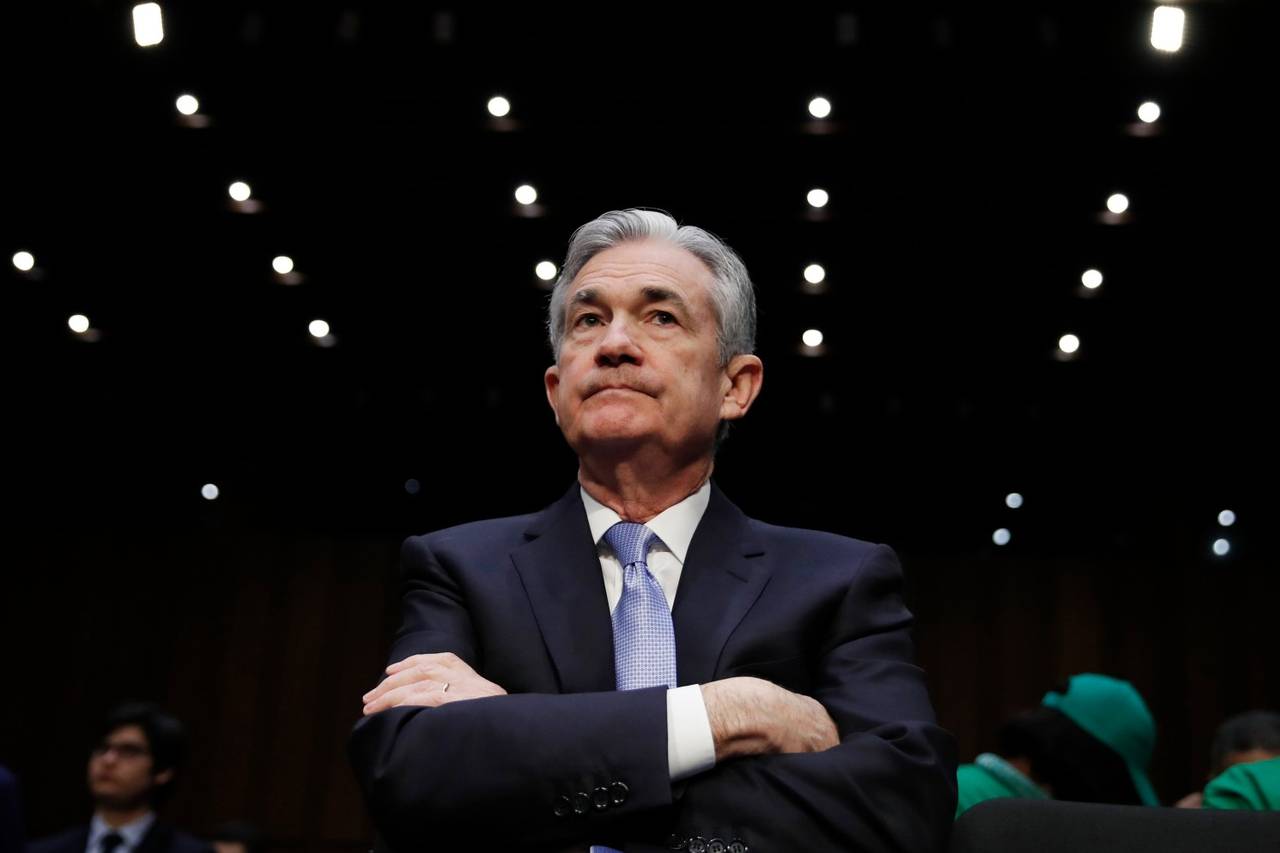What events could shock in 2025?
While it is very possible that 2025 pans out the way that most expect, the room for leftfield events to upset the status quo appears elevated. In what follows we outline a number of events that could shock in 2025 and what impact they could have on the markets.

The first is that the Fed could have to start lifting rates again before the end of the next year. That’s not the baseline assumption but many factors suggest that it is not an impossibility either. We’d put the probability of such an event in the 10-20% region. The scenario that might make this likely includes the rapid introduction of punitive tariffs, fast and significant deportations, tax cuts and an underlying robustness in the economy that allows firms to pass on higher costs and engage in price gouging.
It is a scenario that would likely lead to significantly higher treasury yields, with 10-year notes moving up into the 5-6% region while the dollar would be expected to rise in the region of 10% in trade-weighted terms. The US dollar’s rise would presumably be substantial because one source of high US rates – punitive tariffs – would likely lead to the opposite pressure on overseas inflation and hence foreign central bank policy.
Of course, many central banks, especially in emerging markets, would find themselves under pressure to avoid rate cuts, or even hike to defend their currencies, but for major developed-country central banks, like the ECB, policy rates would likely diverge significantly from those in the US, so magnifying the strength of the US dollar and the weakness of all other currencies.
A second shock that could occur in 2025, but leads to very different cconclusionsis an end to the conflict in Ukraine. Quite clearly, there is much scepticism that incoming US president Trump will be able to end this conflict as rapidly as he suggests. But what if he can, or what if it ends peacefully through some other means?
While this would undoubtedly be seen as beneficial to the rest of Europe over other regions there’s unlikely to be a reversal of the energy price shock that we saw in early 2022 when Russia first invaded. This is because the rest of Europe has increasingly sourced its energy needs away from Russia and current plans to reduce all dependency in the coming years will seemingly be retained even if the war does end next year.
Nonetheless, we cannot ignore the fact that the perception of geopolitical risk would be much reduced, so aiding the likes of the euro and the pound relative to ‘safe’ currencies like the dollar and yen. But how likely is a peaceful conclusion to the conflict in Ukraine next year; we’d put this in the 10-20% range.
A third outlier that we’d mention is a slide back into recession for the UK. Again, the probability of this happening might be down in the 10% region, but the risks are seemingly increasing. Businesses have taken the recent budget far harder than we, and probably the government, anticipated. And that’s even before measures such as the increase in employer national insurance contributions kick in (that’s from April).
In addition, if the market is correct and that the scope for base rate cuts in 2025 is as little as 50-bps due to sticky wages and prices, then the relief on the consumer front may be insufficient to prevent flagging consumption and a dip back into recession. It’s a far cry from the hopes of a better outcome for the UK that stretch back to the Labour Party’s success in the July election which elevated the pound to one of the best performing G10 currencies in 2024.
A recession in 2025 could turn this performance on its head, leaving the pound languishing, perhaps especially against the likes of the US dollar and the yen rather than the euro, as the euro zone economy has its own challenges. The Standard Ban’s base case forecast this year is for sterling/US dollar to slide to the 1.20 region against the US dollar before any recovery can take place but this alternative scenario would risk a deeper slide and no discernible recovery.








